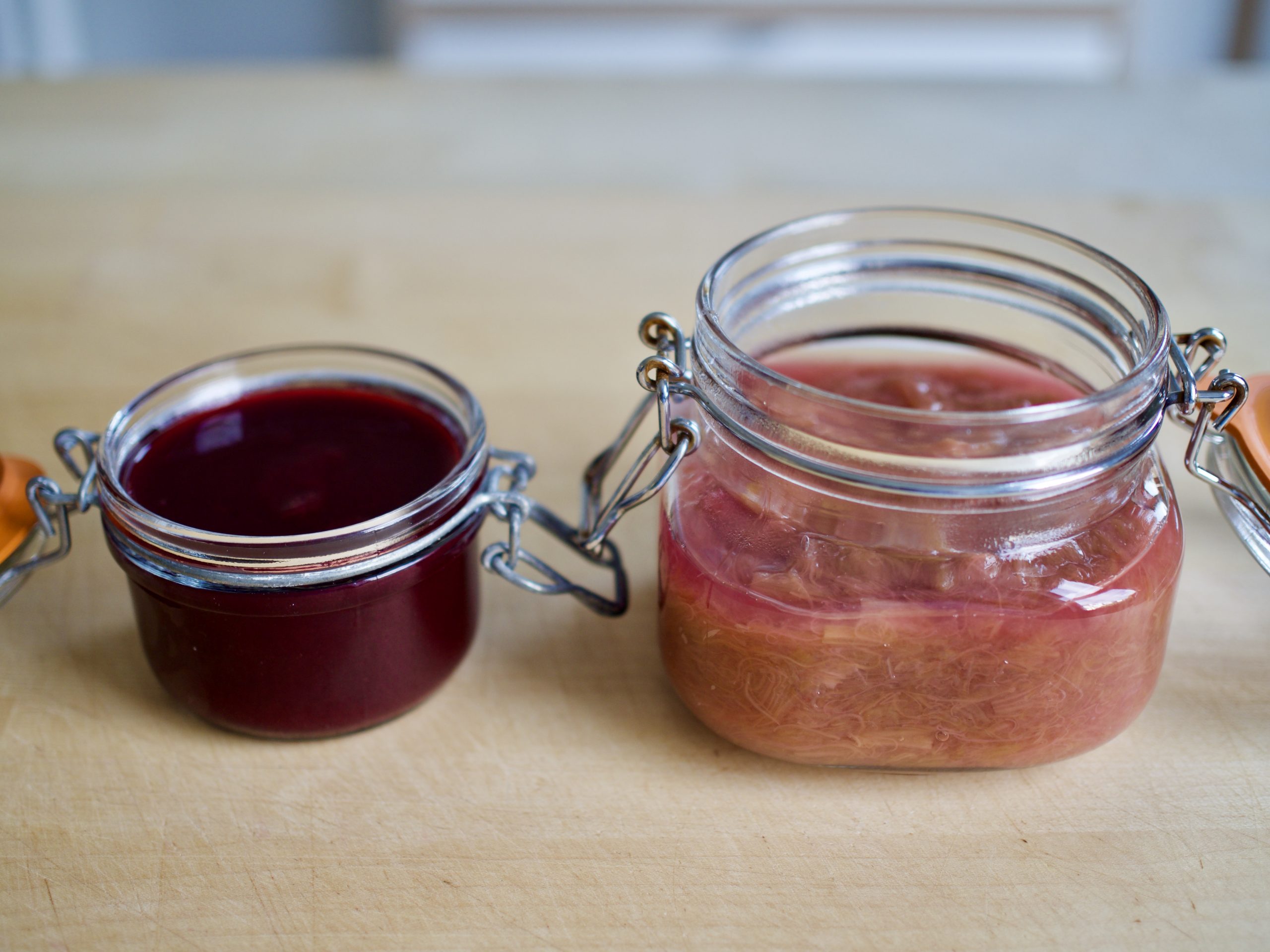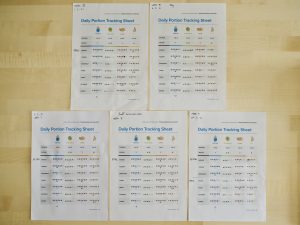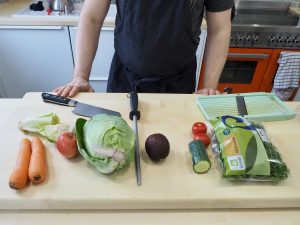Yoghurt.
Not what this post is actually about but it’s a great word and seemed like a good opening.
In all its’ various iterations, from the traditional versions originating from animal milks, to the modern creations using oats, soya or coconut; yoghurt is nice on its own, but in my opinion, is all the better for a bit of jazzing up.
In one form or another it’s a regular feature on our weekly shop and something I turn to as a favourite component across various meals.
On a savoury note some of the most familiar elevations of yoghurt would be different versions of raita, or other iterations like Tzatziki or maybe Labneh.
On a sightly sweeter note however, it tends to feature a lot in our mornings with fruit and so long as I’ve pulled my finger out, some homemade granola and a generous portion of coulis or compote.
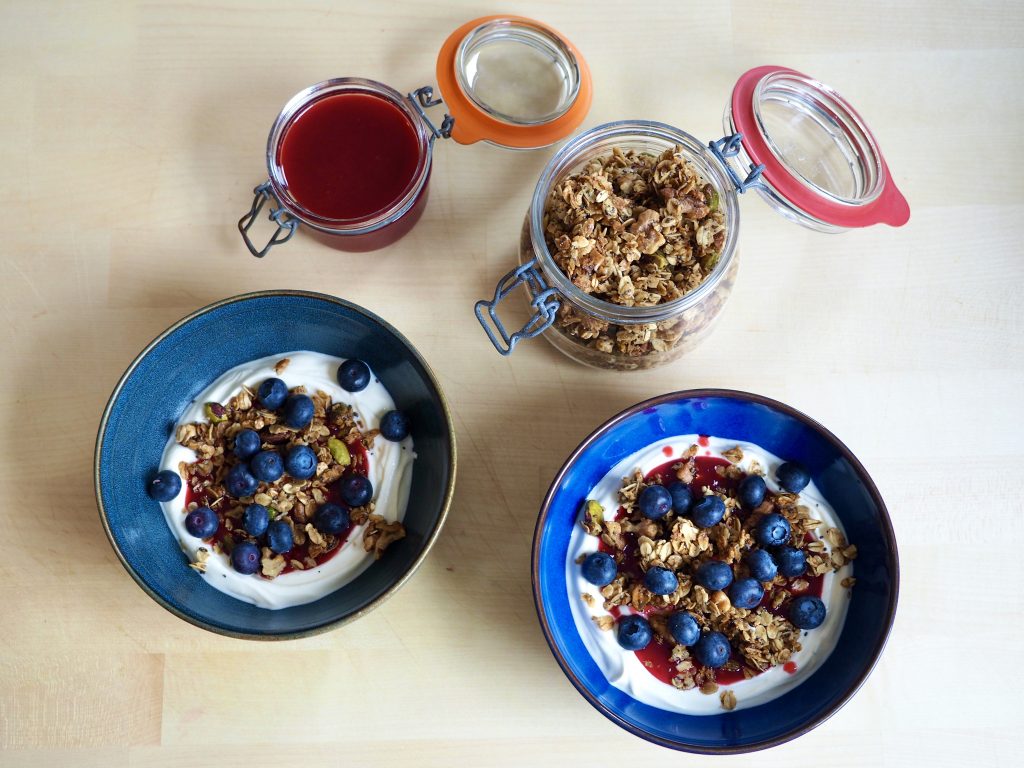
(See, we got there.)
The arrival of the iconic Yorkshire Forced Rhubarb, in all its glorious pink, heralds the gathering momentum of springtime vegetation following the hibernation of winter. The warmer months start to bring the gluts of summer berries from Spain and the British garden comes to life; with the slightly rougher (although still endearing) sibling of plain old rhubarb suddenly bursting from barren looking beds.
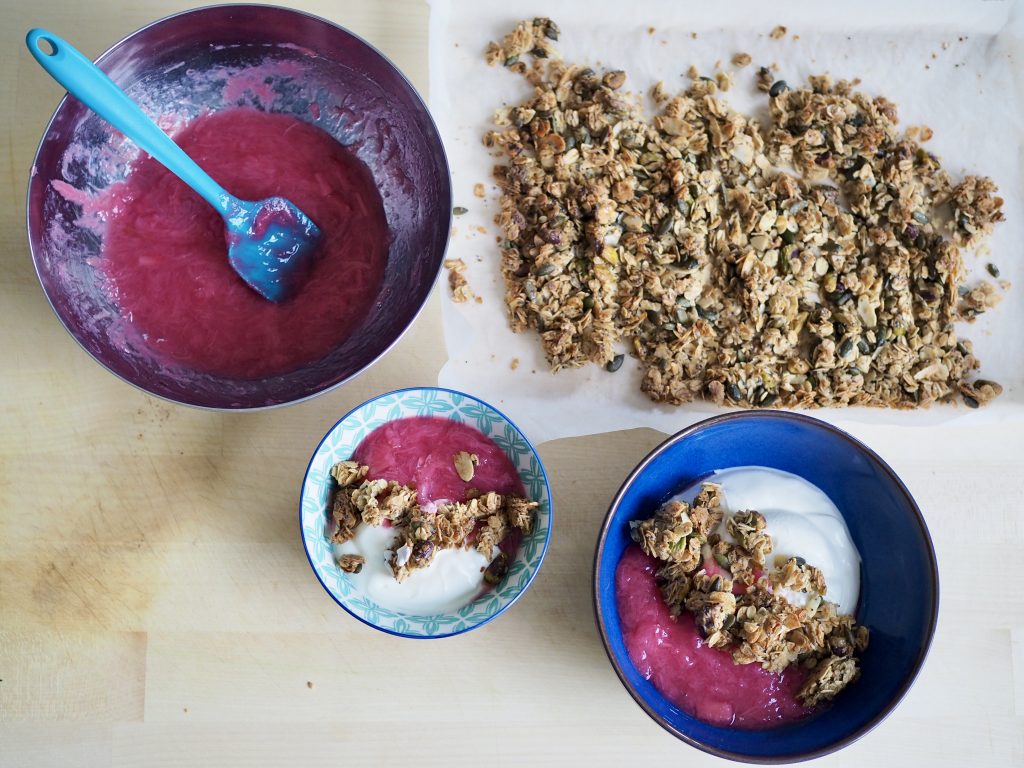
As we roll through the seasons nature gives an unrelenting barrage of treasure that’s so easy to squander if we don’t grasp the opportunity. Rhubarb offers multiple crops if you are strategic and berries of all sorts come thick and fast.
Gooseberries are one of my particular favourites, maybe because I miss their brief cameo, disappointingly often.
With autumn beginning to loom, attention must turn to the siege of the brambles, where a prize of blackberries (another favourite) usually carries some wounds, before we start to round up the year with plums, apples and pears .
A successful crop can often be overly abundant and it’s easy to become overwhelmed with the yield. An excess is easily frozen but still requires a bit of preparation and will fill up a freezer pretty quickly. An easier way to make the most of an excess of any fruits (and to store them) is to simply make them into either a coulis or a compote and then freeze.
Put simply, coulis and compotes are pretty broad terms, both just being a cooked down or blended mush of fruits. For a cupboard challenger it’s an adaptable option to process a lot of seasonal fruits you might have kicking around. Really they are just slightly different versions of each other just a bit dependant on the fruit you are using
A compote is like a relative to Jam but is less involved, with less sugar and less cooking.
An apple sauce with a Pork roast for example is just an apple compote; when you think of a crumble pudding, the fruit element is fundamentally a compote.
Rhubarb is an ingredient almost destined to become a compote. Think of Bruce Wayne’s relationship to Batman. They are both the same person yet one is way cooler to have around at breakfast.
Coulis is just taking a fruit to a puree of a thick pouring consistency, usually by a quick cooking in a pan (or simply blending) and then pushing through a sieve. It tends to work better with soft fruits that easily collapse to that consistency (such as raspberries or even a mango), or to fruits that would otherwise contain a lot of seeds or fibre (like redcurrants, blackcurrants, raspberries or blackberries).
(I personally don’t dig on seeds like those from raspberries or blackberries, I think the inherent grittiness is as welcome as a fart in a lift).
The process for either is simple.
Peel or wash your fruit as required and chop it into roughly equal sized bits (if necessary). If it’s going to be a compote then whatever goes into the pan will be in the finished product so any skin, stalk or core that you don’t fancy chewing through, should be removed. A coulis is a bit more forgiving of bits as it’s usually pushed through a sieve once the fruit has collapsed, catching any rogue or unsavoury elements.
Chuck it into a saucepan, add a splash of water just so the pan isn’t dry (the steam helps it all start without sticking), pop on a lid and then put it over a medium gentle heat, checking every five minutes or so.
Once it’s collapsed add your sweetener of choice bit by bit, tasting each time. I usually use caster sugar as I prefer it’s neutral sweetness and it dissolves easily but I know it’s now considered the white death so use whatever works for you.
The aim is to remove any face scrunching tartness but you don’t want it overly sweet.
Stay cautious as you can always sweeten a bit more as it cools.
If it appears very watery let it bubble a little to evaporate any excess liquid then empty into a bowl and allow to cool. This can be the advantage to simply blending a fruit for coulis as water content can vary a lot between fruits.
Check again for sweetness and store either in the fridge for around five days (or until whisps of mould tell you it’s been too long), or freeze in bio bags or small tubs.
Shortly after crack open a tub of ‘yoghurt’ (maybe even an ‘ice cream’) add a spoonful (maybe add some granola) and enjoy it.
It won’t be too long before the next harvest is due and you find yourself out in the fields once again.

